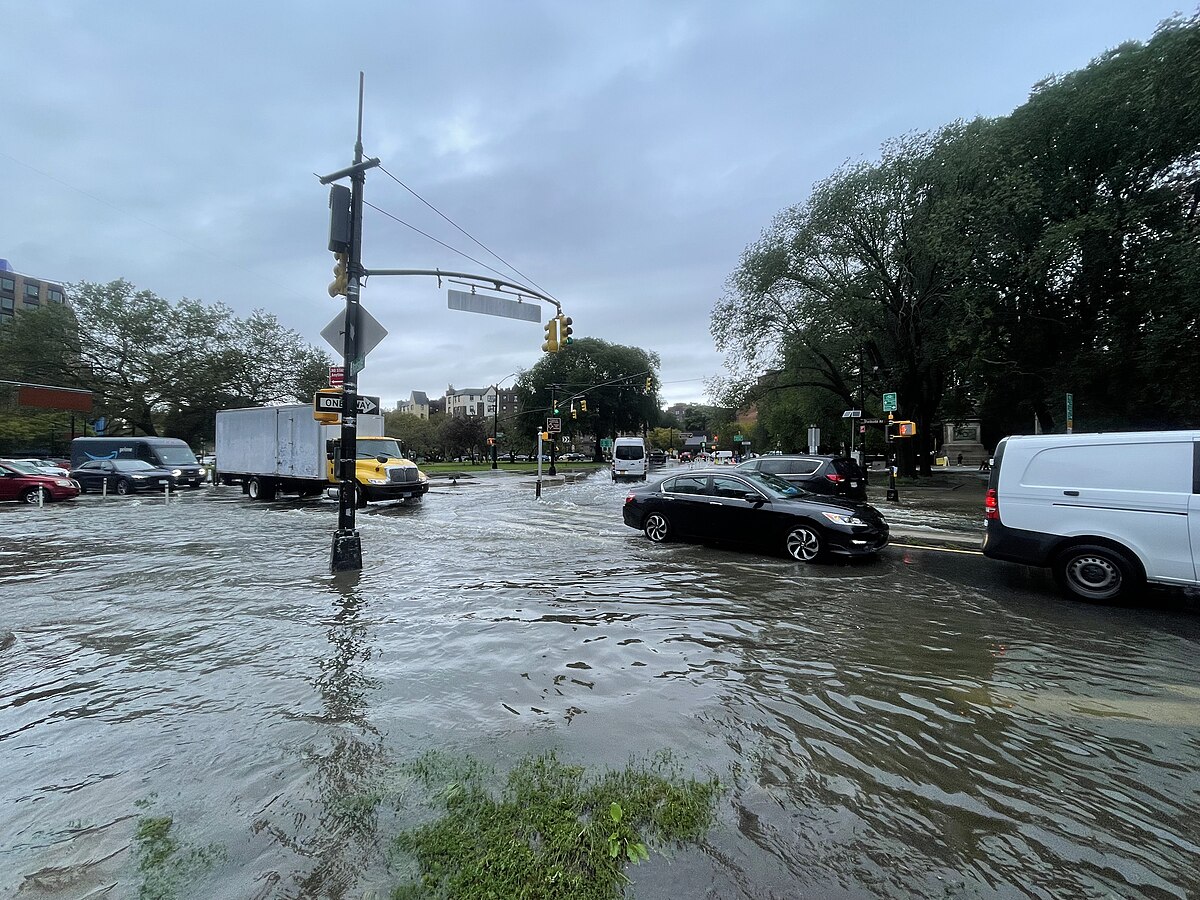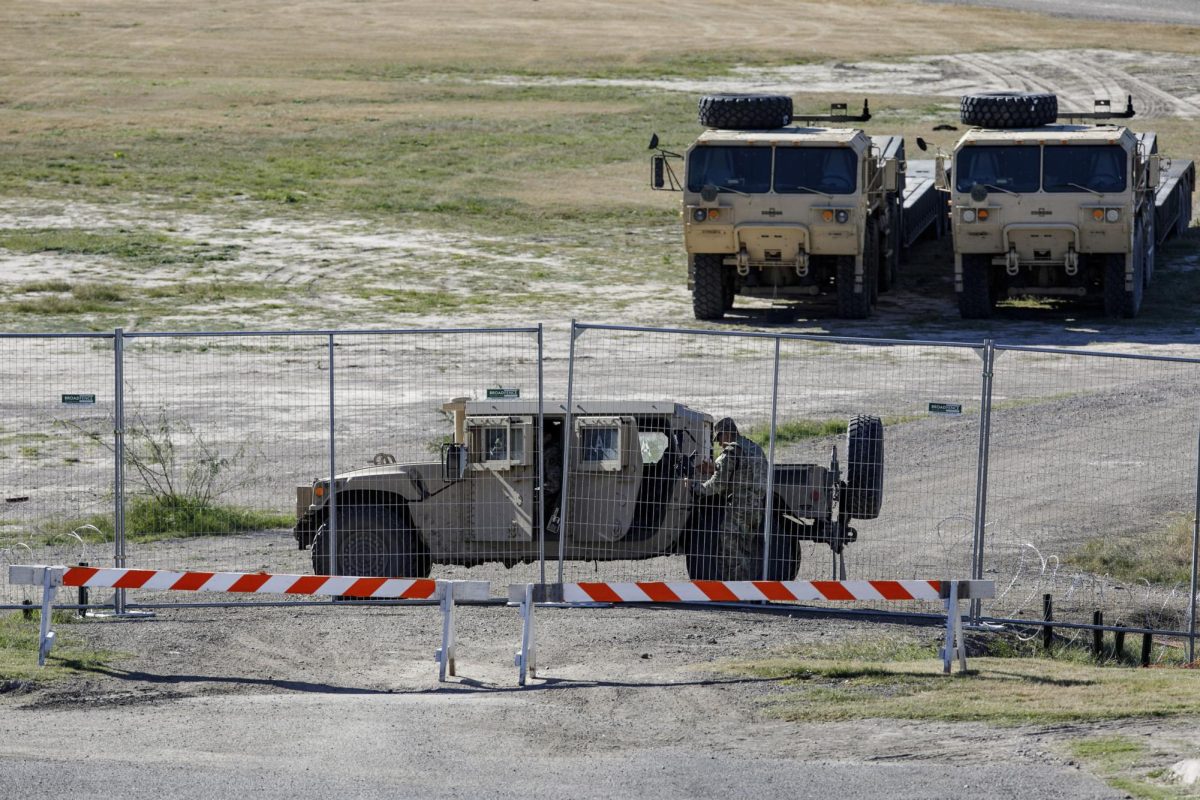In late September, residents and tourists alike in New York City were put on high alert as heavy rain overtook the tri-state area. While the Big Apple is not unfamiliar with heavy storms, many were unprepared for the record-breaking rainfall that led to flash flooding across the city.
When the worst of the flooding hit on the morning of Friday, Sept. 29, Kathy Hochul, New York’s governor, declared a state of emergency for New York City, as well as Long Island and Hudson Valley.
“This is a very challenging weather event,” Hochul said in a statement, according to CNN. “This a life-threatening event. And I need all New Yorkers to heed that warning so we can keep them safe.” Hochul also advised residents to stay at home as she emphasized just how dangerous the current traveling conditions were.
Initially, as reported by CBS News, the weather service warned New York City and the surrounding areas that they were to see at least three to five inches of rain. However, by Friday afternoon, some areas around had flooded to over six inches.
The extreme rainfall also set new records for three of New York’s five boroughs. As stated by CNN, in Brooklyn, up to four and a half inches, a month’s worth of rain, fell in just three hours. “This three-hour rainfall total is only expected about once every 100 years in Brooklyn, according to NOAA estimates.”
In Queens, just North of Brooklyn, the wettest day on record was noted at John F. Kennedy International Airport, where “aFt least 7.88 inches of rain has fallen there since midnight.” It was later reported that JFK Airport had experienced more than 8.65 inches of rain.
Across the Hudson River, in Manhattan, “nearly 2 inches of rain fell in one hour in Central Park, the second-wettest hour there in 80 years.” By Friday evening, Central Park had recorded 5.88 inches, according to CBS News. The flooding at the Central Park Zoo grew so severe that one of the zoo’s sea lions was able to briefly escape her enclosure.
Regarding the situation, NBC News reported that “Zoo staff monitored the sea lion as she explored the area before returning to the familiar surroundings of the pool and the company of the other two sea lions,” Jim Breheny, executive vice president of the Wildlife Conservation Society’s Zoos and Aquarium, said.
The water levels at the zoo later receded and Breheny made it known that “the animals are contained in their exhibit. No staff or visitors were in danger and the sea lion remained inside the zoo, never breaching the zoo’s secondary perimeter.”
Besides allowing the Central Park sea lion to briefly escape, the substantial amount of rain caused a multitude of other issues throughout the affected regions. Flash floods raised to above knee-level of those caught outside in the severe weather, swept debris throughout the city, clogged storm drains, and even flooded several basements.
Many streets were warned to be impassible and some traffic was held at a standstill. CBS News reported that on FDR Drive, which is located on the Eastern side of Manhattan, “water rose above car tires and some drivers abandoned their vehicles.”
Flood water caused “major disruptions” and service suspensions on subways and railways in Brooklyn. Many flights were also grounded due to the heavy rain. LaGuardia Airport, according to NBC, had to completely shut down a terminal after it was flooded.
Many schools were also affected. CNN stated that, “The water also found its way into 150 of New York City’s 1,400 schools, which remained open on Friday. One school in Brooklyn evacuated when floodwater caused the school’s boiler to smoke.”
The rain finally began to let up throughout the afternoon and evening, leading a majority of the flood watches to expire, except for a few in Long Island, where a watch remained put until Saturday, Sept. 30.
The sudden and abundant rainfall is reported by scientists to be a symptom of climate change. According to CNN, a warmed atmosphere can act like a sponge, which means that it is able to collect larger amounts of water and then release it in intense and overwhelming amounts.
“Overall, as we know, this changing weather pattern is the result of climate change. And the sad reality is our climate is changing faster than our infrastructure can respond,” Rohit Aggarwala, New York City’s Chief Climate Officer stated.
https://www.cbsnews.com/news/new-york-city-weather-flooding-outside-was-like-a-lake/
https://www.nbcnews.com/news/us-news/live-blog/new-york-flooding-live-updates-rcna118055






